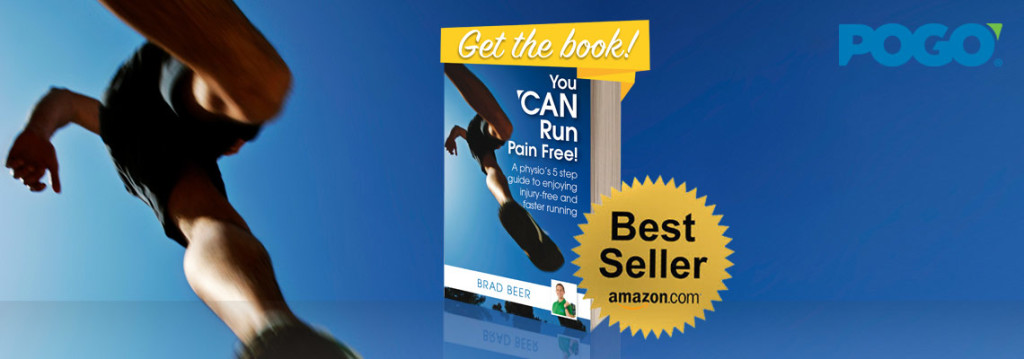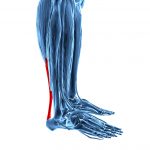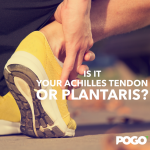Do PRP Injections for ‘Tennis Elbow’ Work?
DO PRP INJECTIONS FOR ‘TENNIS ELBOW’ WORK?
PRP injections are becoming a popular source of treatment for tennis elbow (lateral epicondylitis) sufferers. Like most tendon conditions rehabilitation and the journey to pain free function and a healthy tendon can unfortunately often be a lengthy and frustrating one. Given the extended periods required to address the majority of tendon pathologies, including tennis elbow conditions, there is little wonder that many patients put their faith and hopes in any form of treatment that may offer them a perceived ‘quick win’, and leap forward in improvement in function. PRP injections are perceived often by the tennis elbow sufferer to be one such form of ‘quick win’. In an earlier post I outlined what PRP injection therapy is-click HERE.
MY PHYSIO OBSERVATIONS FOR TENNIS ELBOW PAIN
As a physiotherapist I have anecdotally heard of mixed reports from clients who have gone down the PRP injection route for troublesome tennis elbow pain. The clients who seem to be disappointed have historically been those who turn to therapies such as PRP injections with haste upon diagnosis of their condition. These same clients are often resistant to completing the required physiotherapy rehabilitation. Instead the lure of a ‘quick fix’ is perceived as being more appealing. Given the dysfunction and limitations of life’s daily activities that these clients are experiencing, I understand the ‘give me a quick fix’ mentality.
In contrast the clients who seem to do the best are those who have diligently continued on with appropriate and known rehabilitation approaches such as isometric conditioning and a progressive tendon strengthening program. This clinical observation is in keeping with a report from Craig Purdam (Head Australian Institute of Sport Physiotherapist and tendon researcher) who recently stated that it tends to be the patient suffering from tendon pain due to dysfunctional (late and end stage) tendon pathologies who report the best outcomes from PRP injections.
With these at times positive reports I am left to wonder how much of the PRP injection is placebogenic, and how much is actually therapeutic?
Recently an ‘A Grade’ (very good) scientific review into the effect of PRP injections on tennis elbow pain was published. Let’s look at the study and its findings.
THE PRP FOR TENNIS ELBOW STUDY
In October 2013 the world’s leading scientific databases were searched looking for randomised control trials that conducted research into the effect of PRP injections on chronic tennis elbow sufferers, reporting outcomes in pain and/or function. 6 studies were included of which 4 studies were considered ‘high quality’.
THE RESULTS OF THE STUDY
Three high-quality studies (75%) and two low-quality studies showed no significant benefit at the final follow-up measurement or predefined primary outcome score when compared with a control group. One high-quality study (25%) showed a beneficial effect of a PRP injection when compared with a corticosteroid injection (corticosteroid injections are considered harmful in tendinopathy and not ‘best practice’). Based on this best evidence amalgamation, there is strong evidence that PRP injections are not efficacious for chronic tennis elbow pain (lateral epicondylar tendinopathy).
HOW WILL THIS CHANGE MY CLINICAL MANAGEMENT OF TENNIS ELBOW PAIN?
In applying this scientific review’s finding to my clinical practice I will continue to encourage chronic tennis elbow sufferers to pursue proven rehabilitation methods such as a prescriptive tendon loading program. I will inform my clients who are interested in pursuing PRP injection therapy that there is a paucity of evidence in favour of receiving an injection for tennis elbow pain. I will also advise them that there are mixed reports of effectiveness for other tendon conditions such as the patellar tendon.
REFERENCES
- Strong evidence against platelet-rich plasma injections for chronic lateral epicondylar tendinopathy: a systematic review. Br J Sports Med 2014;48:952-956doi:10.1136/bjsports-2013-093281
PAIN-FREE. PERFORM. PROLONG
Brad Beer (APAM)
Physiotherapist, Author, Founder POGO Physio








